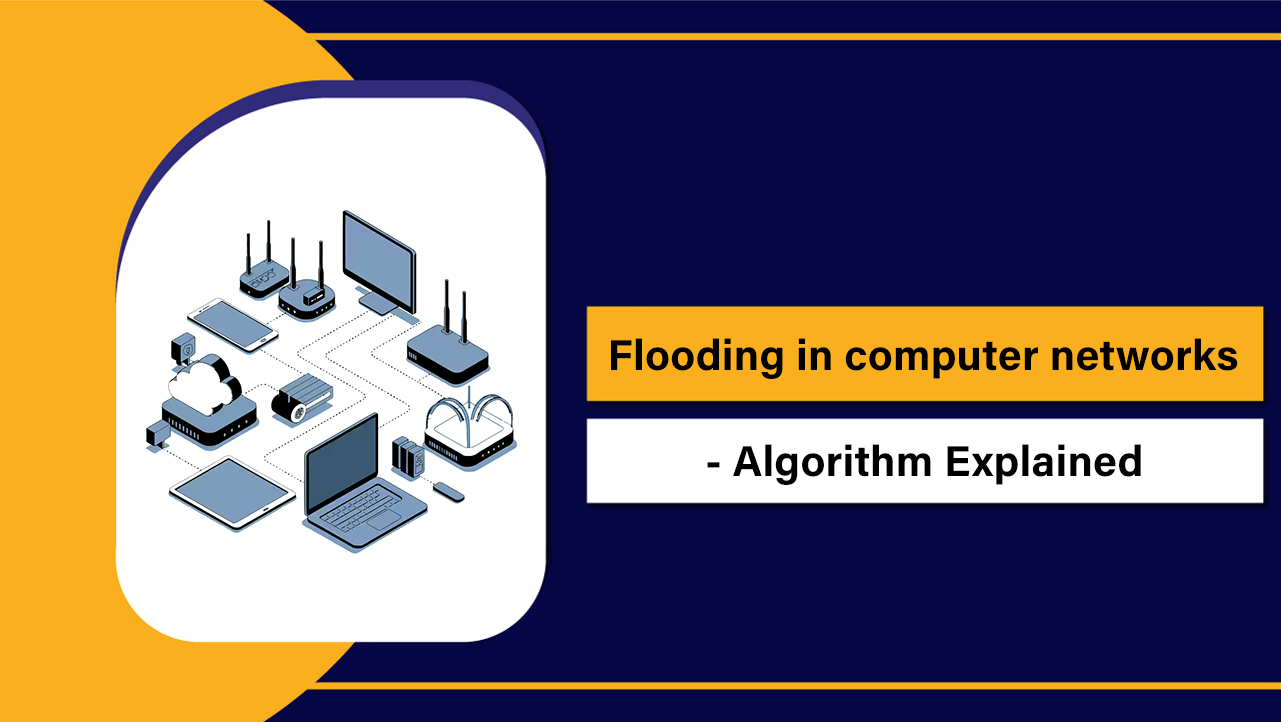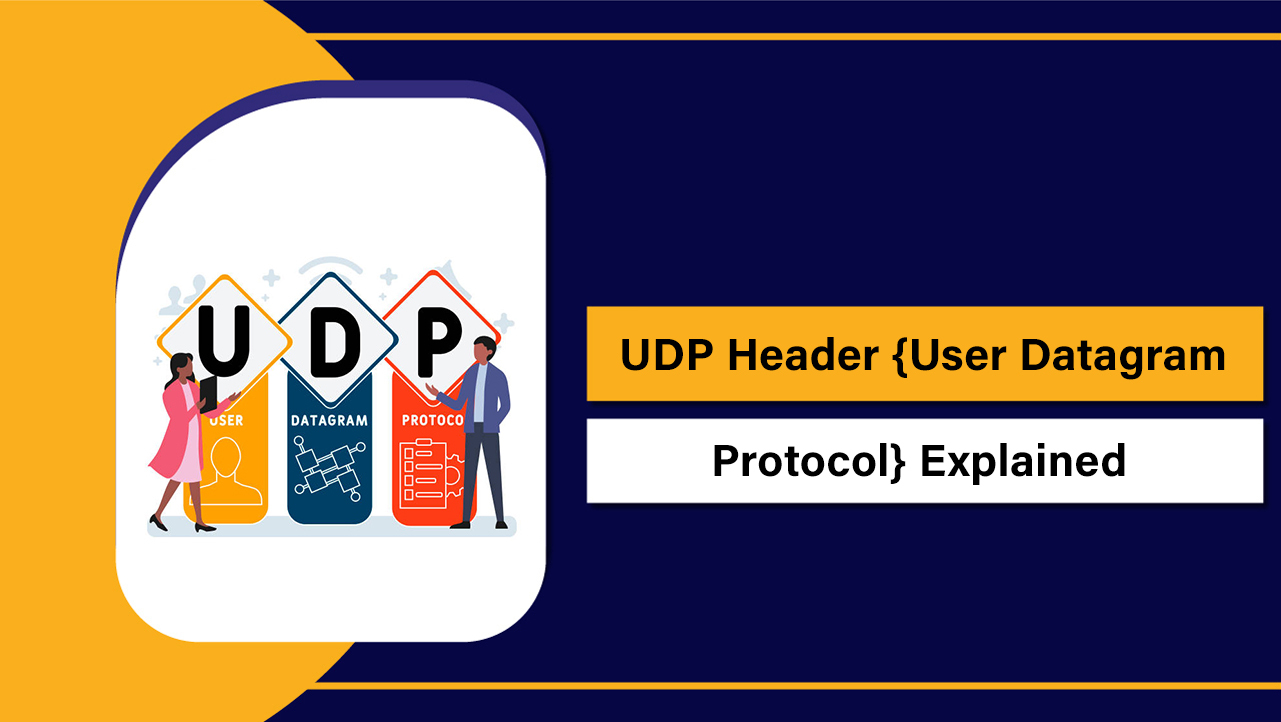ModSecurity is an open-source web application firewall (WAF) engine that runs on your web server, while “a WAF” is a broader category that includes on-server, cloud, and appliance solutions. Do you need one? If your site handles logins, forms, payments, or APIs, yes—properly tuned WAF protection blocks OWASP Top 10 attacks, zero-days, and bots, reducing breaches and downtime.
Choosing between ModSecurity and other WAF options can be confusing. In this guide, we compare “ModSecurity vs WAF,” explain when each makes sense, and share practical implementation tips from a hosting perspective. You’ll learn how to cut false positives, improve performance, and decide whether an on-server ModSecurity setup or a cloud WAF is the right move.
What Is ModSecurity?
ModSecurity (often called ModSec) is a host-based WAF engine that plugs into web servers like Apache, Nginx (via connectors), and IIS. It inspects HTTP/HTTPS traffic at Layer 7 and uses rules to detect and block malicious requests before they reach your application.
Key capabilities include:
- Signature and behavior-based detection with the OWASP Core Rule Set (CRS)
- Anomaly scoring and paranoia levels for progressive strictness
- Real-time logging (audit logs) and forensic visibility
- Request/response body inspection, file upload scanning, and argument normalization
- Compatibility with Apache, Nginx (ModSecurity v3/libmodsecurity), and IIS
With OWASP CRS, ModSecurity covers common vulnerabilities like SQL injection, XSS, RCE patterns, path traversal, and more. It’s powerful and free, but it requires tuning to minimize false positives and keep performance high.
What Is a WAF?
A Web Application Firewall (WAF) filters and monitors HTTP/S traffic to a web application. It blocks malicious requests using signatures, behavioral rules, rate limits, and context-aware logic. WAFs can be deployed as:
- Host-based WAF: runs on your server (e.g., ModSecurity)
- Cloud or reverse-proxy WAF: runs at the edge/CDN in front of your origin (e.g., Cloudflare, Akamai, Fastly, AWS WAF)
- Appliance/virtual appliance WAF: deployed in data centers or VPCs
Modern WAFs often include bot management, API protection (JSON, GraphQL), virtual patching for new CVEs, IP reputation, geo rules, and dashboards. Some add DDoS mitigation, caching, and TLS termination at the edge.
ModSecurity vs WAF: What’s the Difference?
“ModSecurity” is a specific WAF engine. “WAF” is the umbrella category. In practice, the comparison is ModSecurity (on-server) versus alternative WAF models (cloud/edge or appliances). Key differences and overlaps:
- Scope: ModSecurity protects per-server/per-site. Cloud WAF protects at the edge across multiple origins and regions.
- Features: ModSecurity with OWASP CRS covers OWASP Top 10 well; cloud WAFs add rate limiting, bot management, API discovery, and managed rules.
- Management: ModSecurity is DIY or host-managed; cloud WAFs provide GUIs, analytics, and vendor-managed updates.
- Performance: ModSecurity adds CPU/latency on your server; cloud WAF adds one more hop but can offload TLS and caching.
- Cost: ModSecurity is free software; operational cost is time and expertise. Cloud WAFs are subscription-based but reduce maintenance burden.
Deployment Model: On-Server vs Edge
- On-server (ModSecurity):
- Pros: Full control, deep request/response inspection, no external dependency, granular tuning per app.
- Cons: Consumes server resources, requires updates/tuning, limited global traffic insights.
- Edge/cloud WAF:
- Pros: Stops threats before origin, scales globally, often includes CDN and DDoS, rich dashboards.
- Cons: Adds external dependency, potential vendor lock-in, cost scales with requests/BW.
Rules and Coverage
- ModSecurity: OWASP CRS plus custom rules; great baseline for SQLi, XSS, RCE patterns. You can write app-specific allowlists and exclusions.
- Cloud WAF: Managed rulesets, automated updates for new CVEs, bot mitigation, IP reputation feeds, credential stuffing protection, API schema validation.
Performance and Latency
- ModSecurity: Adds milliseconds per request depending on rules/paranoia level and body inspection; keep rules lean and cache static assets.
- Cloud WAF: Adds a network hop but often reduces overall TTFB with edge caching and TLS offload. For dynamic APIs, impact is usually minimal when peered well.
False Positives and Tuning
- ModSecurity: Expect some false positives at higher paranoia. Use anomaly scoring, targeted exclusions, and logging to tune.
- Cloud WAF: Managed updates lower FP rates. Still requires tuning for custom apps, especially for APIs and admin paths.
Cost and Ownership
- ModSecurity: No license fee. Costs are engineering time and server overhead.
- Cloud WAF: Monthly fees but includes rule maintenance, support, and reporting. Often cheaper for teams lacking in-house security expertise.
Do You Really Need a WAF?
If your site has logins, forms, payments, search boxes, or any dynamic features, yes. The majority of exploited incidents target application-layer issues: injection, authentication abuse, deserialization, SSRF, and more. A WAF provides a safety net while you patch code and plugins.
Practical reasons to deploy a WAF:
- Virtual patching: Block new CVE exploit payloads before you deploy fixes.
- OWASP Top 10 coverage: SQLi, XSS, path traversal, XXE, broken auth patterns.
- Bot and abuse control: Stop credential stuffing, scraping, and spam.
- Compliance: PCI DSS 6.6 allows a WAF as a compensating control. Helpful for SOC 2/ISO 27001 risk reduction.
- Operational visibility: Detailed logs to trace attacks and tune defenses.
Who Needs It Most?
- E-commerce and payment sites
- WordPress with many plugins and user-generated content
- Login portals, membership sites, and LMS platforms
- Public APIs and microservices (REST/GraphQL)
- SaaS applications and admin dashboards
When Might You Delay a WAF?
- Truly static brochure site hosted on immutable storage (e.g., object storage) behind a CDN
- No forms, no logins, no admin exposure to the internet
- Strong hardening, rate limits, and IP restrictions already in place
Even then, a basic WAF or edge rules are cheap insurance given today’s automated attacks.
ModSecurity Implementation Best Practices
Deploying ModSecurity well is about smart defaults and incremental hardening. A proven approach:
- Start in DetectionOnly mode to baseline traffic and review logs.
- Enable OWASP CRS with anomaly scoring; begin with lower paranoia, then increase.
- Exclude noisy endpoints (e.g., admin-ajax.php, webhooks) only when justified.
- Use separate rule files per app to keep tuning organized.
- Monitor the audit log; alert on critical rule triggers.
- Pair with rate limiting and strong TLS.
# Example: Nginx + ModSecurity v3 with OWASP CRS
# nginx.conf (http block)
modsecurity on;
modsecurity_rules_file /etc/nginx/modsec/main.conf;
# /etc/nginx/modsec/main.conf
SecRuleEngine On
SecAuditEngine RelevantOnly
SecAuditLog /var/log/modsec_audit.log
# Load OWASP CRS
Include /etc/nginx/modsec/crs/crs-setup.conf
Include /etc/nginx/modsec/crs/rules/*.conf
# Use anomaly scoring (default in CRS)
# Raise paranoia level gradually (1 to 4)
SecAction "id:900000,phase:1,nolog,pass,t:none,setvar:tx.paranoia_level=1"
# Example exclusion for a known safe endpoint generating FPs
SecRule REQUEST_URI "@beginsWith /wp-admin/admin-ajax.php" \
"id:100001,phase:1,pass,t:none,nolog,ctl:ruleRemoveById=942100"
Tip: Keep custom rule IDs in a reserved range and document why each exception exists. Revisit exceptions after plugin or app updates; remove what you no longer need.
Cloud WAF or ModSecurity? A Simple Decision Framework
- Skill and time: If you can tune rules and review logs, ModSecurity is cost-effective. If not, a managed/cloud WAF pays off fast.
- Scale and global users: Edge WAFs reduce latency, absorb spikes, and add DDoS + caching benefits.
- Features: Need bot management, WAF for APIs, or managed CVE updates? Cloud WAF leads.
- Compliance and reporting: Cloud WAF dashboards and audit exports simplify audits.
- Hybrid: Many teams run both—edge WAF for coarse filtering and ModSecurity on origin for deep inspection.
Real-World Tuning Scenarios
- WordPress eCommerce: Enable CRS at paranoia 1 or 2. Exclude known safe AJAX endpoints used by cart fragments. Add rate limits to login and checkout.
- API with JSON payloads: Allow content types application/json; add size limits; validate methods; disable rules targeting HTML-only contexts.
- Admin panels: Restrict by IP or VPN. Keep WAF in block mode for public endpoints; detection-only for admin paths during maintenance, then revert.
How YouStable Helps
At YouStable, we deploy ModSecurity with OWASP CRS across our hosting stacks and tune it for popular CMS platforms like WordPress. For customers needing advanced features, we integrate managed, cloud WAF options and handle the heavy lifting: rule updates, exclusions, virtual patching, and ongoing monitoring—all without spamming your stack or slowing your site.
Whether you prefer on-server ModSecurity, edge WAF, or a hybrid setup, our team helps you pick the right model based on traffic, risk, and budget—and then keeps it tuned as your application evolves.
FAQs: ModSecurity vs WAF
Is ModSecurity a WAF?
Yes. ModSecurity is a host-based WAF engine that runs on your web server. It becomes highly effective when paired with the OWASP Core Rule Set and proper tuning. In contrast, “WAF” also includes cloud and appliance solutions that sit in front of your origin.
Do I need a WAF if I already use a security plugin?
Security plugins operate inside the application after requests reach PHP. A WAF filters malicious traffic before it hits your app, reducing load and blocking zero-day payloads. Use both: the WAF at the edge or server, and a lightweight plugin for app-level hardening and monitoring.
Does a WAF stop DDoS attacks?
A WAF mitigates application-layer (Layer 7) floods and abusive patterns. For large volumetric (Layer 3/4) DDoS, you need network-level protection. Many cloud WAFs bundle L3–L7 DDoS mitigation; on-server ModSecurity does not absorb massive L3/L4 floods.
ModSecurity vs Cloudflare WAF: Which is better?
They serve different needs. ModSecurity is free, customizable, and on-server. Cloudflare WAF adds managed rules, bot defense, rate limiting, CDN, and DDoS at the edge. For small budgets and full control, ModSecurity is great; for features and scale, Cloudflare often wins. Many use both (hybrid).
How do I reduce false positives in ModSecurity?
Run detection-only first, review audit logs, then enable blocking. Use anomaly scoring and start with paranoia level 1. Add precise exclusions for known safe endpoints or parameters, not broad disablements. Keep CRS updated and remove legacy exceptions periodically.
Will a WAF slow down my website?
Properly tuned, the impact is small. ModSecurity adds minimal CPU overhead; optimize rules and cache static assets. Cloud WAFs may add a hop but often improve performance via edge caching and TLS offload. Measure before/after with real-user monitoring and synthetic tests.
Is a WAF required for PCI DSS?
PCI DSS 6.6 requires either a WAF or application code reviews. Many merchants choose a WAF for continuous protection and virtual patching. Confirm with your QSA, but a WAF typically simplifies compliance and risk reduction.
Conclusion: Do You Need ModSecurity or a WAF?
If your site accepts input, handles logins, or exposes APIs, a WAF is no longer optional. ModSecurity provides robust, cost-effective protection on the server, while cloud WAFs add scale, managed updates, and advanced features. Choose based on your skills, risk profile, and performance needs—or combine both for layered defense.
Need help deciding or implementing? YouStable can deploy, tune, and monitor the right WAF model for your stack, so you can focus on growth without compromising security.



